First Ghost Japanese Maple – 1 Gallon Pot
$69.97 Original price was: $69.97.$48.98Current price is: $48.98.
SKU: D2LSC 674443657 Category: JAPANESE MAPLE TREES
- Your needs, our top priority.
- Safe Transactions, Always
- Unbeatable quality, unbeatable prices.
- Quality and Affordability Combined

First Ghost Japanese Maple
Acer palmatum ‘First Ghost’
Plant Details
USDA Plant Hardiness Zones: 5a-9a (9b?) Find Your Zone
Height at Maturity: 10′ or so
Width at Maturity: 8-10′ or so
Growth Habit / Form: Upright
Growth Rate: Moderate: 10-12″ per year
Foliage Color in Spring: White with Soft Green with Dark Green veining and edged in Red shades
Foliage Color in Summer: Green shades with White variegation and Dark Green veins
Foliage Color in Fall: Glowing Yellow and Orange shades
Light Needs: Morning Sun with Dappled or Afternoon Shade, Shade or Mostly Shade
Water Needs: Average, moderately drought tolerant when established
Soil Type: Clay (well-drained), Loam, Sandy, Silt
Drainage: Moist But Well-Drained; Japanese maples do not like constantly soggy soil!
Soil pH: 5.0 – 7.0 is ideal
Maintenance: Low
Resistances: Deer, Insect, Disease, Shade
Description
The first of the Ghost series and still one of the best, ‘First Ghost’ is an absolutely lovely Japanese Maple adored for its reticulated white leaves and beautiful semi-pendulous growth habit. In spring, the leaves emerge bright creamy white with green veins, looking like little ghosts hanging from the tips of the stems and contrasting beautifully with the rich green branches. After unfolding the veins become darker and the lobes are edged in red to reddish purple. In summer the leaves turn to green with white variegation and dark green veins. Cooler temperatures in fall bring glowing yellow and orange shades with some red mixed in. All grown up, First Ghost might reach 10 feet or so in height with an equal width, which makes it a fine selection as a glowing focal point specimen in partially shaded small to medium size spaces and containers. We suggest afternoon shade for the best foliage coloration.
Landscape & Garden Uses
To showcase its magnificence and beauty, the First Ghost Japanese Maple is best used in the landscape as a focal point specimen in the ground or in containers to draw attention to a specific area of the home or landscape. That said, you can plant it in groupings where space allows or use two to frame an entrance.
Suggested Spacing: At least 14 feet apart for space between trees
Note: One Japanese Maple can make a landscape…that is, if you don’t overcrowd it with other trees and plants. Therefore, when selecting companions to plant under or around your Japanese Maple, make sure to select low-growing shrubs or groundcovers that won’t interfere at all with your tree.
Growing Preferences
Though delicate looking, Japanese Maples are actually very tough, long-lived trees that are easy to grow in the ground or in containers. Container culture can extend the useful range of Japanese Maples. They are extremely easy to grow in containers, a practice taken to its most extreme form in the art of bonsai. Click on the link below under Helpful Articles for Japanese Maple container planting instructions.
In their natural habitat, Japanese Maples are understory trees, growing in dappled forest sunlight at the edges of woodlands. Ideally Sister Ghost prefers to be grown in similar conditions. You can find a complete listing of our sun-tolerant Japanese Maple varieties here.
Most any average garden soil will grow Japanese Maples. They prefer a moist but well-drained soil rich in organic matter. As with so many other ornamental plants and trees, constantly soggy or wet soil can be problematic. So make sure to plant your Japanese Maple in a well-drained site.
Helpful Articles
Click on a link below to get helpful advice from our experts on how to plant and care for Japanese Maple trees.
How To Plant A Japanese Maple Tree In The Ground
How to Plant A Japanese Maple Tree In A Pot
How To Fertilize And Water A Japanese Maple Tree
How To Prune A Japanese Maple
Plant Long & Prosper!
Meet The Wilson Brothers & Staff
Questions? Contact Us!
Be the first to review “First Ghost Japanese Maple – 1 Gallon Pot” Cancel reply
Related products
Sale!
JAPANESE MAPLE TREES
Sale!
JAPANESE MAPLE TREES
Sale!
JAPANESE MAPLE TREES
Sale!
JAPANESE MAPLE TREES
Sale!
JAPANESE MAPLE TREES
Sale!
JAPANESE MAPLE TREES
Sale!
JAPANESE MAPLE TREES
Red Japanese Maple – Acer Palmatum ‘Atropurpureum’ – 1 Gallon Pot
Sale!
JAPANESE MAPLE TREES

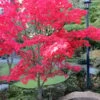





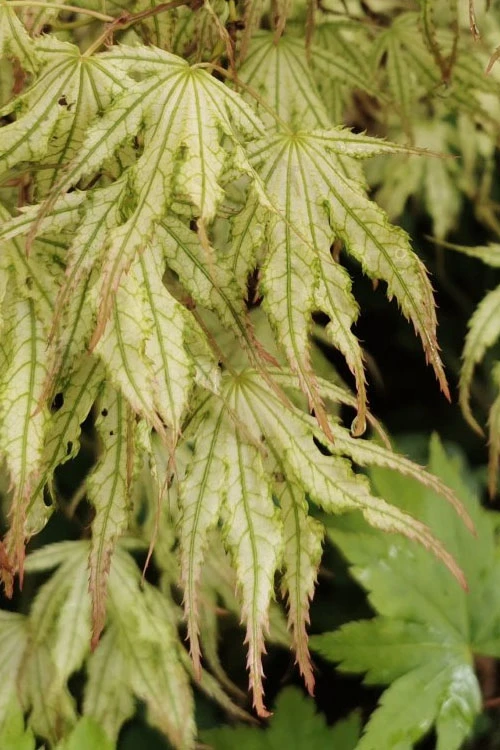


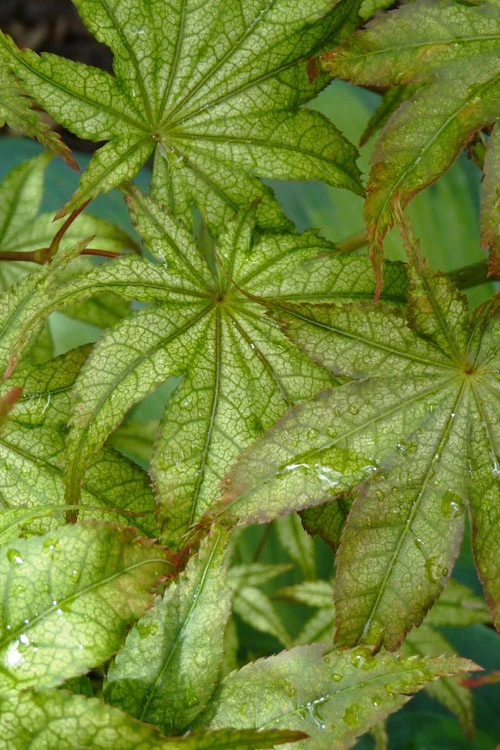

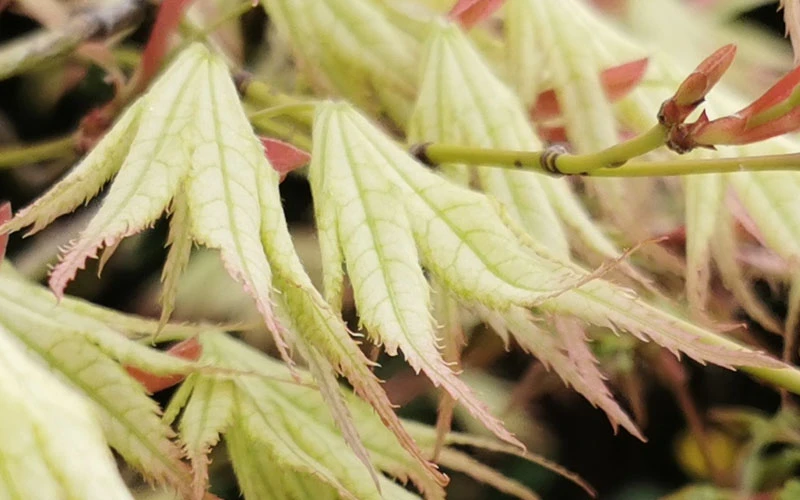
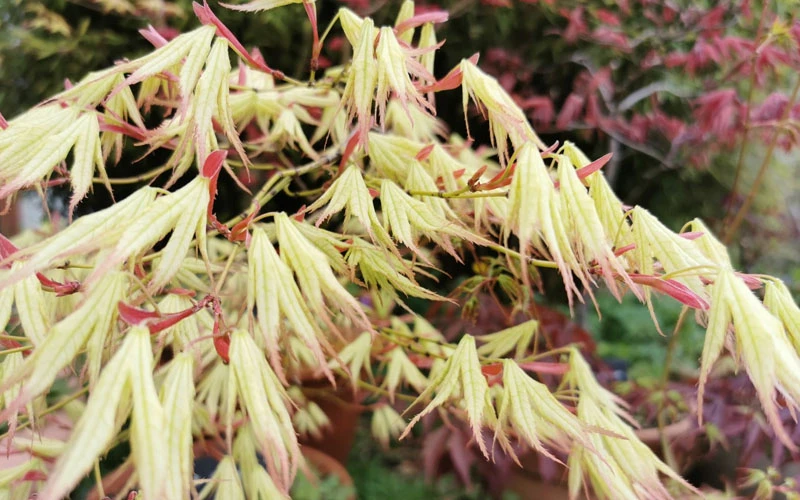
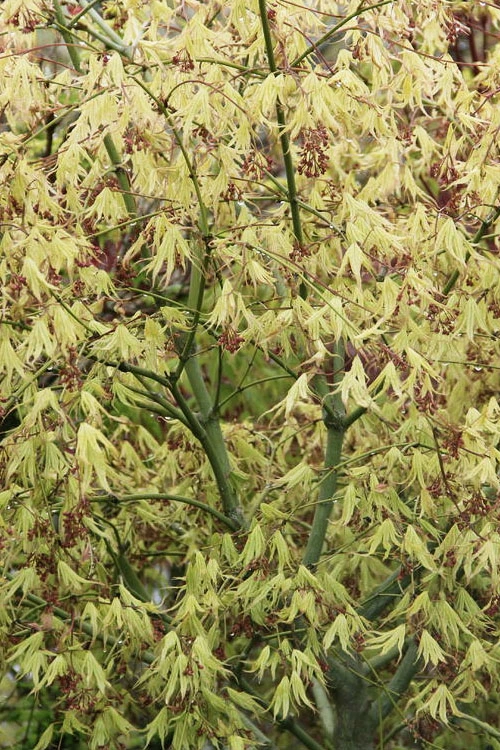





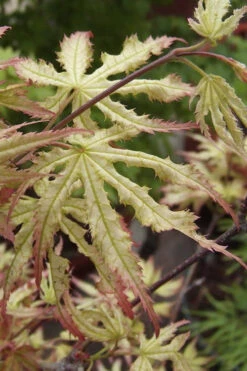
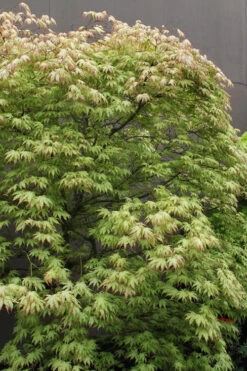


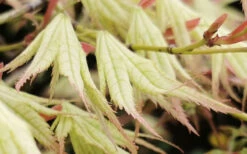








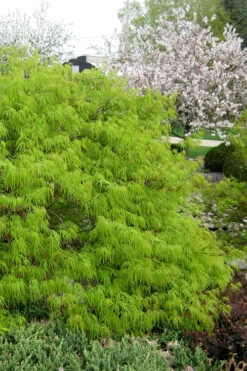
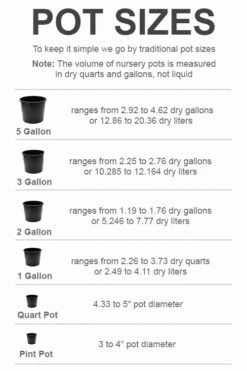
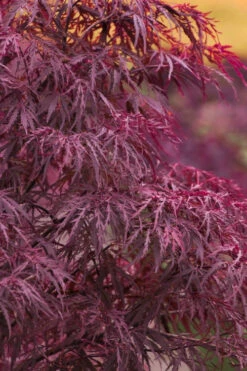
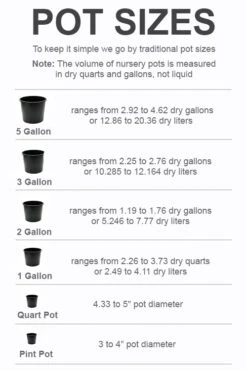
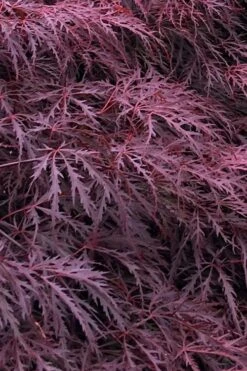
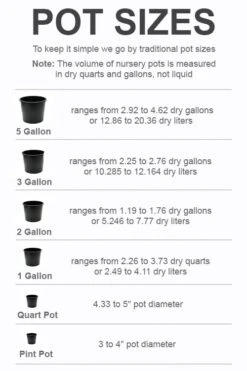


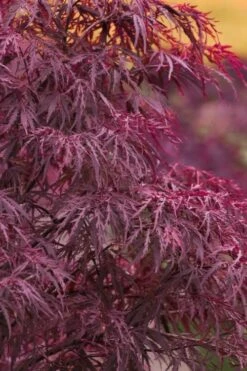

Reviews
There are no reviews yet.